-
Ultrafast near-infrared pyroelectric detector based on inhomogeneous plasmonic metasurface
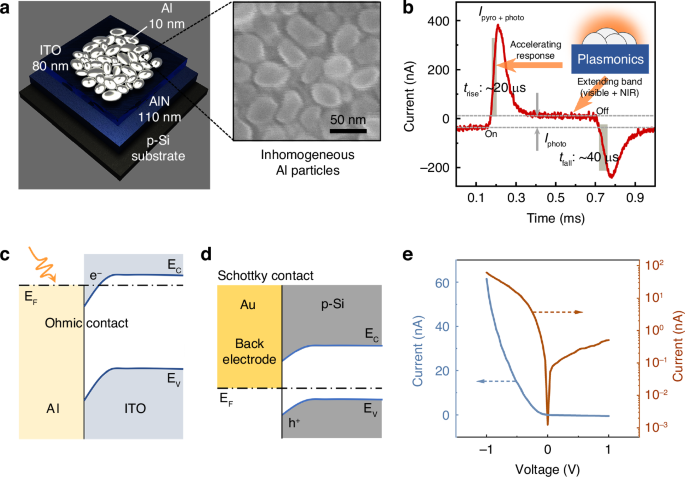
Abstract Pyroelectric (PE) detection technologies have attracted extensive attention due to the cooling-free, bias-free, and broadband properties. However, the PE signals are generated by the continuous energy conversion processes from light, heat, to electricity, normally leading to very slow response speeds. Herein, we design and fabricate a PE detector which shows extremely fast response in…
-
Daily briefing: The Doritos dye that makes mouse tissue transparent
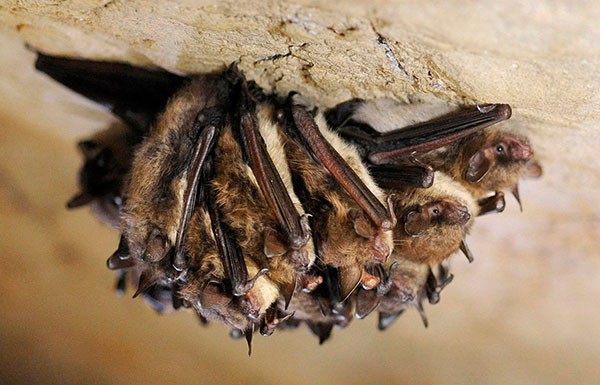
Hello Nature readers, would you like to get this Briefing in your inbox free every day? Sign up here. Little brown bats (Myotis lucifugus) are among those species threatened by white nose syndrome, caused by the fungus Pseudogymnoascus destructans (Credit: Amy Smotherman Burgess/Knoxville News Sentinel via AP/Alamy) Bat loss linked to death of human babies…
-
The circadian clock in enamel development
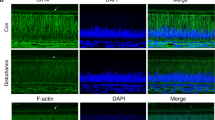
Abstract Circadian rhythms are self-sustaining oscillations within biological systems that play key roles in a diverse multitude of physiological processes. The circadian clock mechanisms in brain and peripheral tissues can oscillate independently or be synchronized/disrupted by external stimuli. Dental enamel is a type of mineralized tissue that forms the exterior surface of the tooth crown.…
-
How to change people’s minds about climate change: what the science says
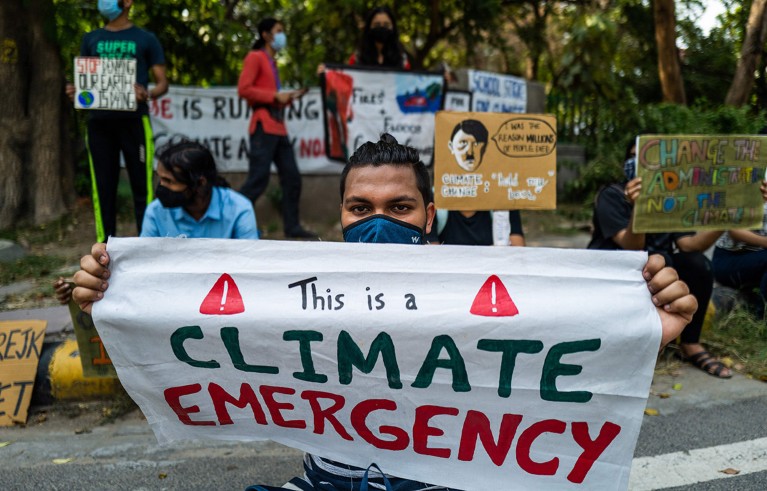
How you deliver climate messaging matters, in terms of changing minds, researchers are finding.Credit: Jewel Samad/AFP via Getty Telling people that scientists almost unanimously agree that human-caused climate change is happening can help to nudge their thinking in that direction. A study published last month in Nature Human Behaviour1, tested this ‘consensus message’ across 27…
-
Nature & Science Museum Doesn’t Track Millions of Items and Specimens, Audit Finds
Audio By Carbonatix [ { “name”: “Air – MediumRectangle – Inline Content – Mobile Display Size”, “component”: “12017618”, “insertPoint”: “2”, “requiredCountToDisplay”: “2”, “watchElement”: “.fdn-content-body”, “astAdList”: [ { “adType”: “rectangle”, “displayTargets”: “mobile” } ] },{ “name”: “Editor Picks”, “component”: “17242653”, “insertPoint”: “4”, “requiredCountToDisplay”: “1”, “watchElement”: “.fdn-content-body”, “astAdList”: [ { “adType”: “rectangle”, “displayTargets”: “desktop|tablet” },{ “adType”: “rectangle”,…
-
Thresholdless coherence in a superradiant laser
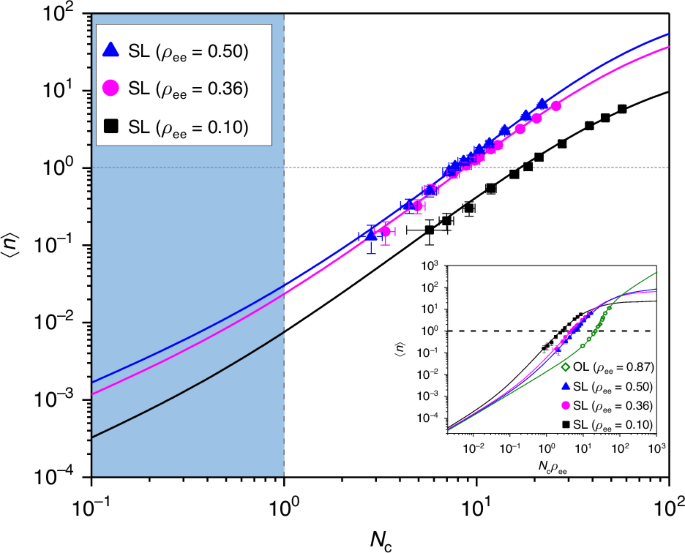
Abstract Lasing threshold in the conventional lasers is the minimum input power required to initiate laser oscillation. It has been widely accepted that the conventional laser threshold occurring around a unity intracavity photon number can be eliminated in the input-output curve by making the so-called β parameter approach unity. The recent experiments, however, have revealed…
-
Seeing invisible objects with intelligent optics
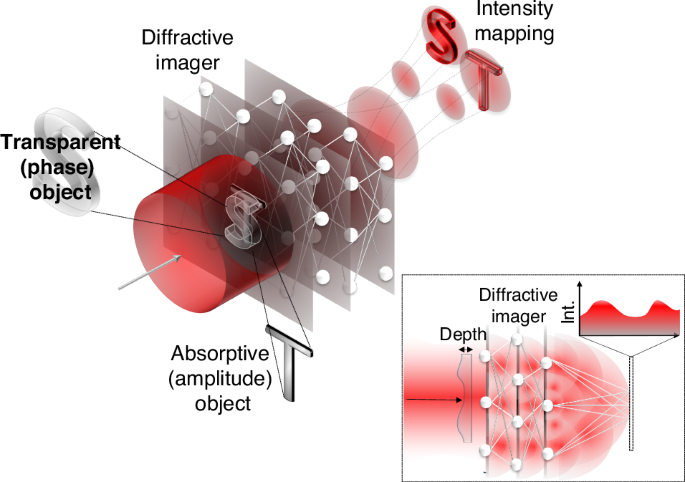
Abstract Transparent objects are invisible to traditional cameras because they can only detect intensity fluctuations, necessitating the need for interferometry followed by computationally intensive digital image processing. Now it is shown that the necessary transformations can be performed optically by combining machine learning and diffractive optics, for a direct in-situ measurement of transparent objects with…
-
Ultra-low loss silicon nitride becomes even cooler
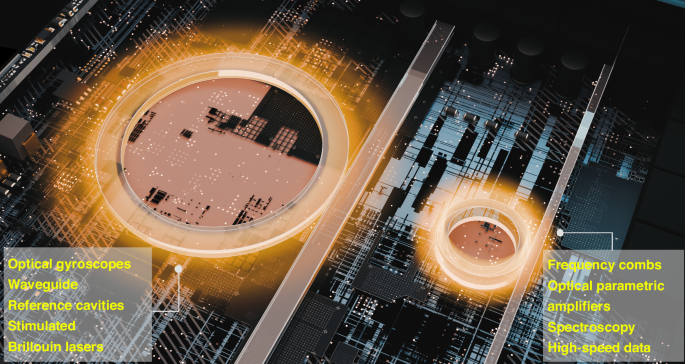
Abstract Ultra-low loss silicon nitride realized using deuterated precursors and low thermal budgets well within backend-of-line CMOS processing may accelerate widespread proliferation of their use. The use of silicon nitride in photonic integrated circuits (PICs) has accelerated greatly from the ultra-low losses availed by low pressure chemical vapor deposition (LPCVD) grown, high temperature annealed films.…
-
Hainan Science Museum: Cultural Preservation – ArchiExpo e-Magazine
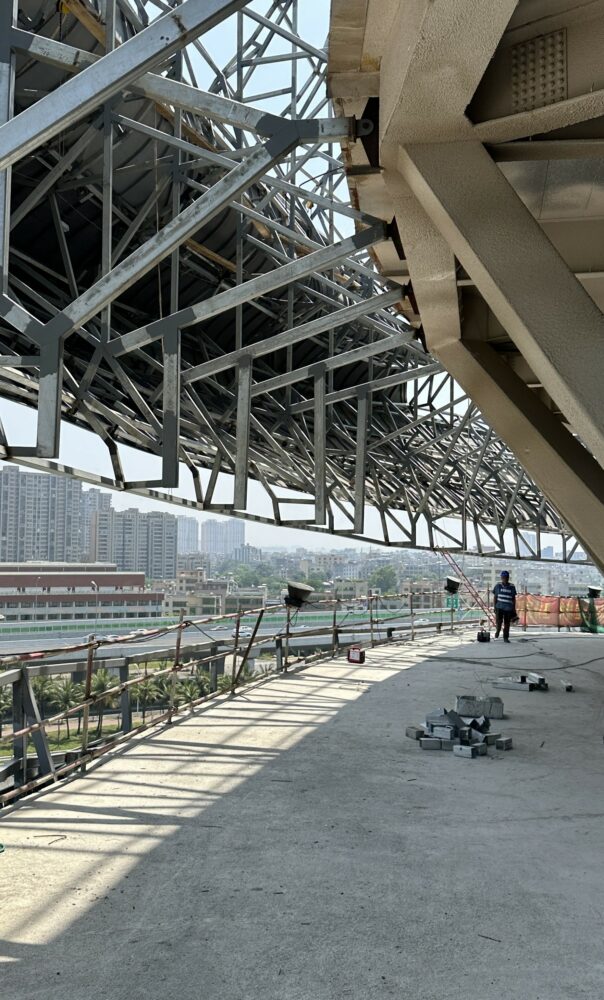
The Hainan Science Museum, designed by MAD Architects and set to open in 2025, combines sustainable innovation with cultural preservation, reflecting Hainan’s commitment to science, education, and harmonious development with its natural and traditional environment. Hainan, China—The construction of the Hainan Science Museum has reached a major milestone with the completion of its main structure…
-
Corvallis Science & Nature: Book Events, Wild Night Out, Star Party and More
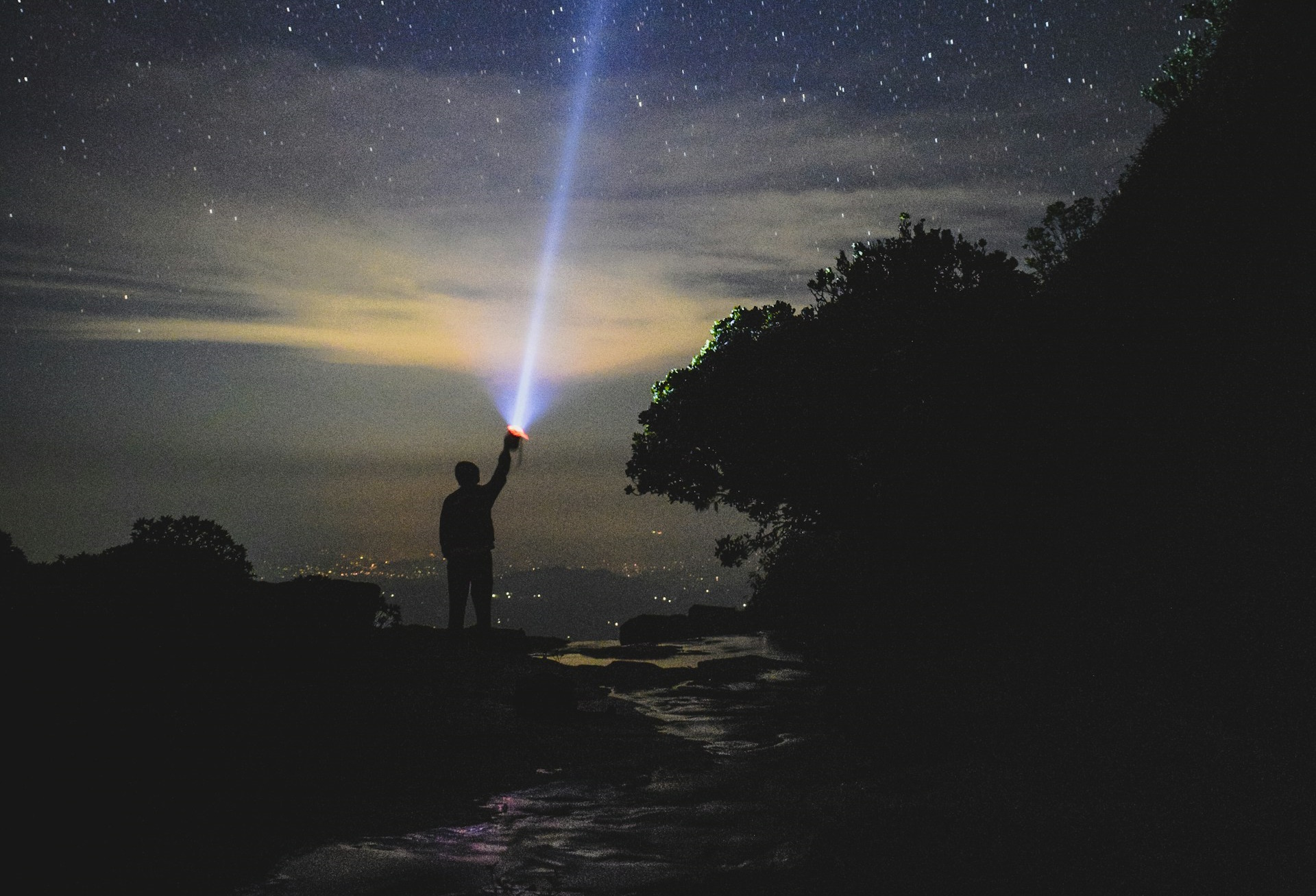
It may not be official, but with Labor Day in the rear view mirror and students about to start back at OSU for a new academic year, it is starting to feel like Fall. Summer is set to have at least one more gasp of life, with temperatures set to hit 100 at the end…